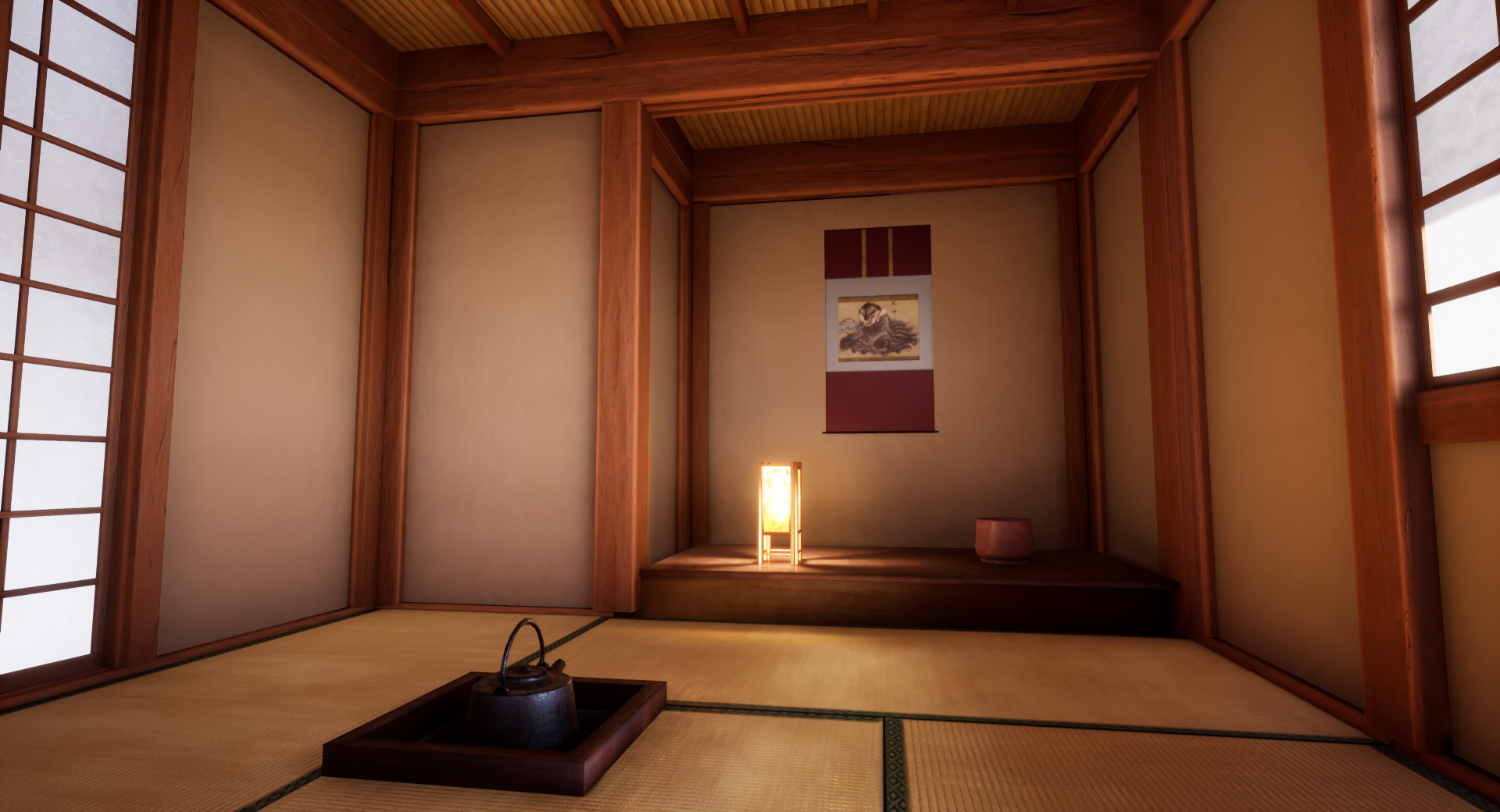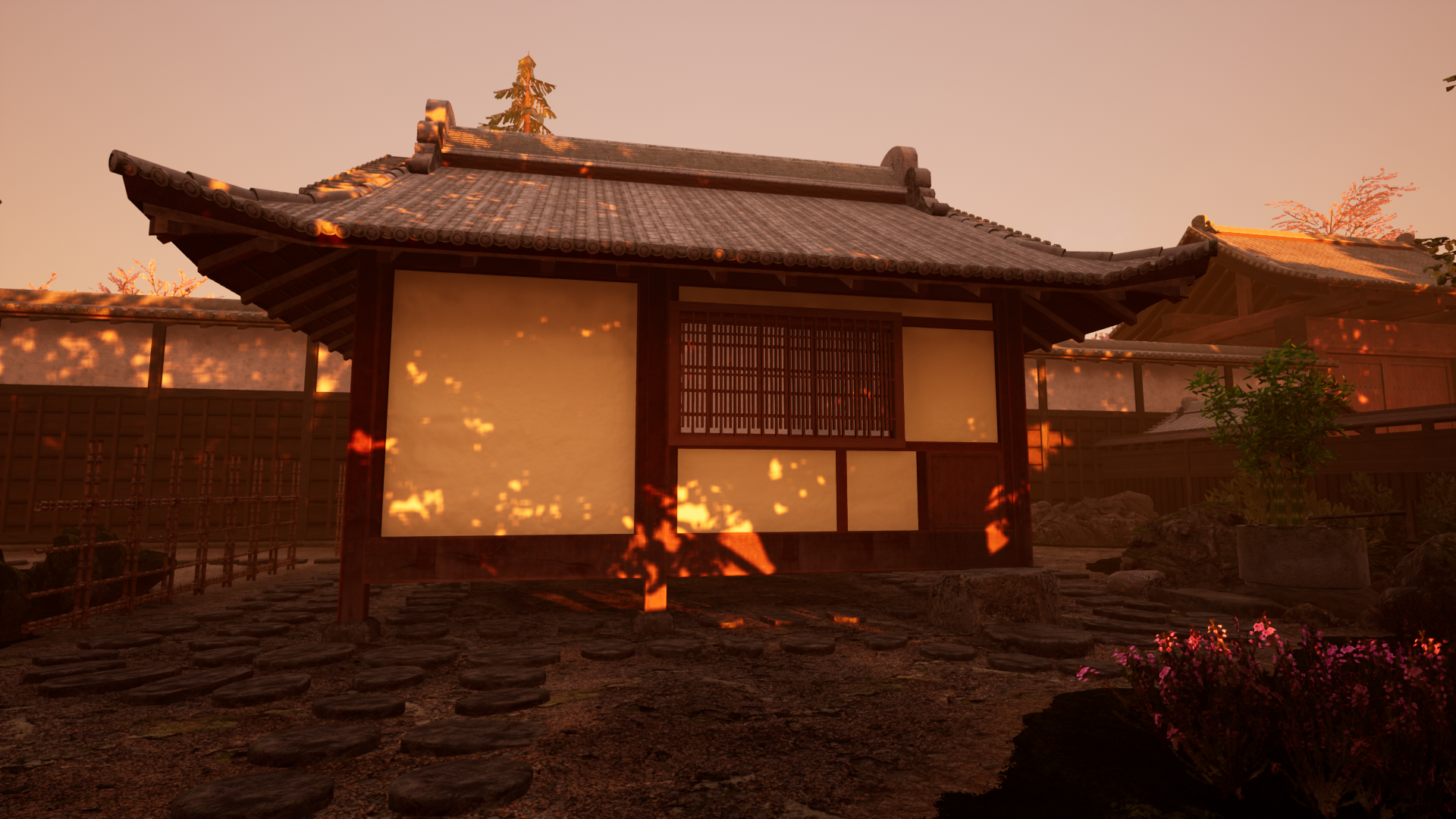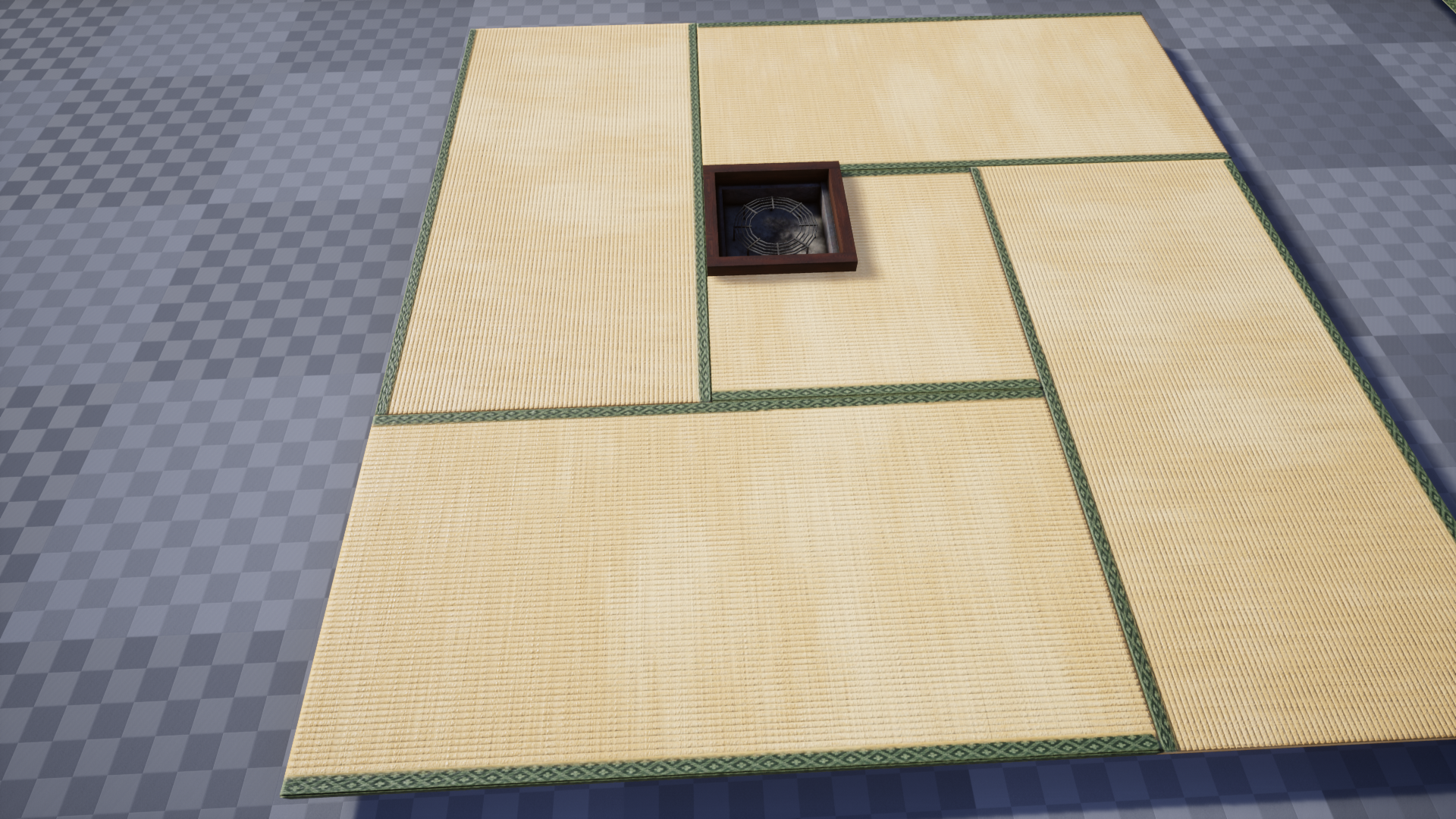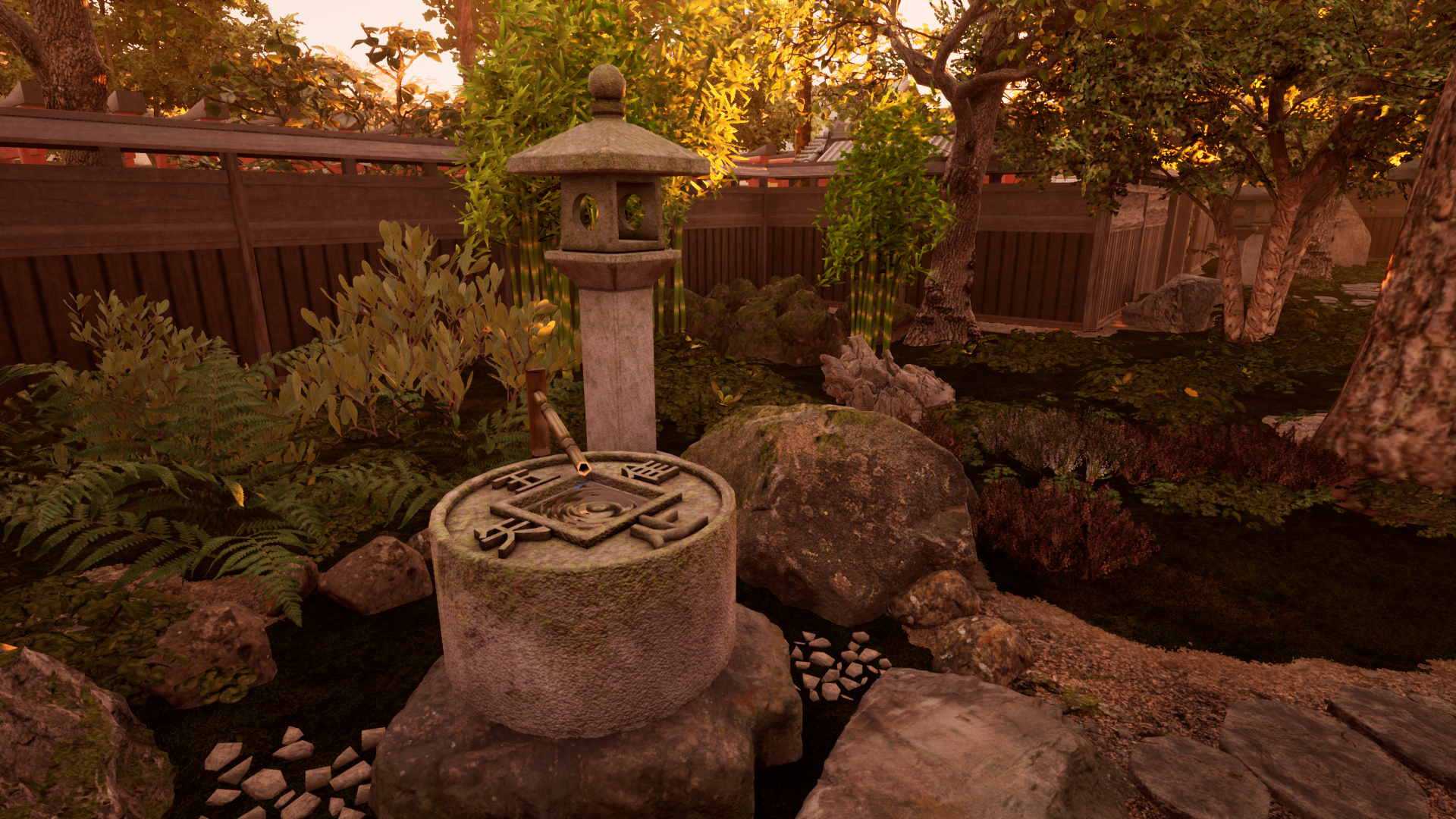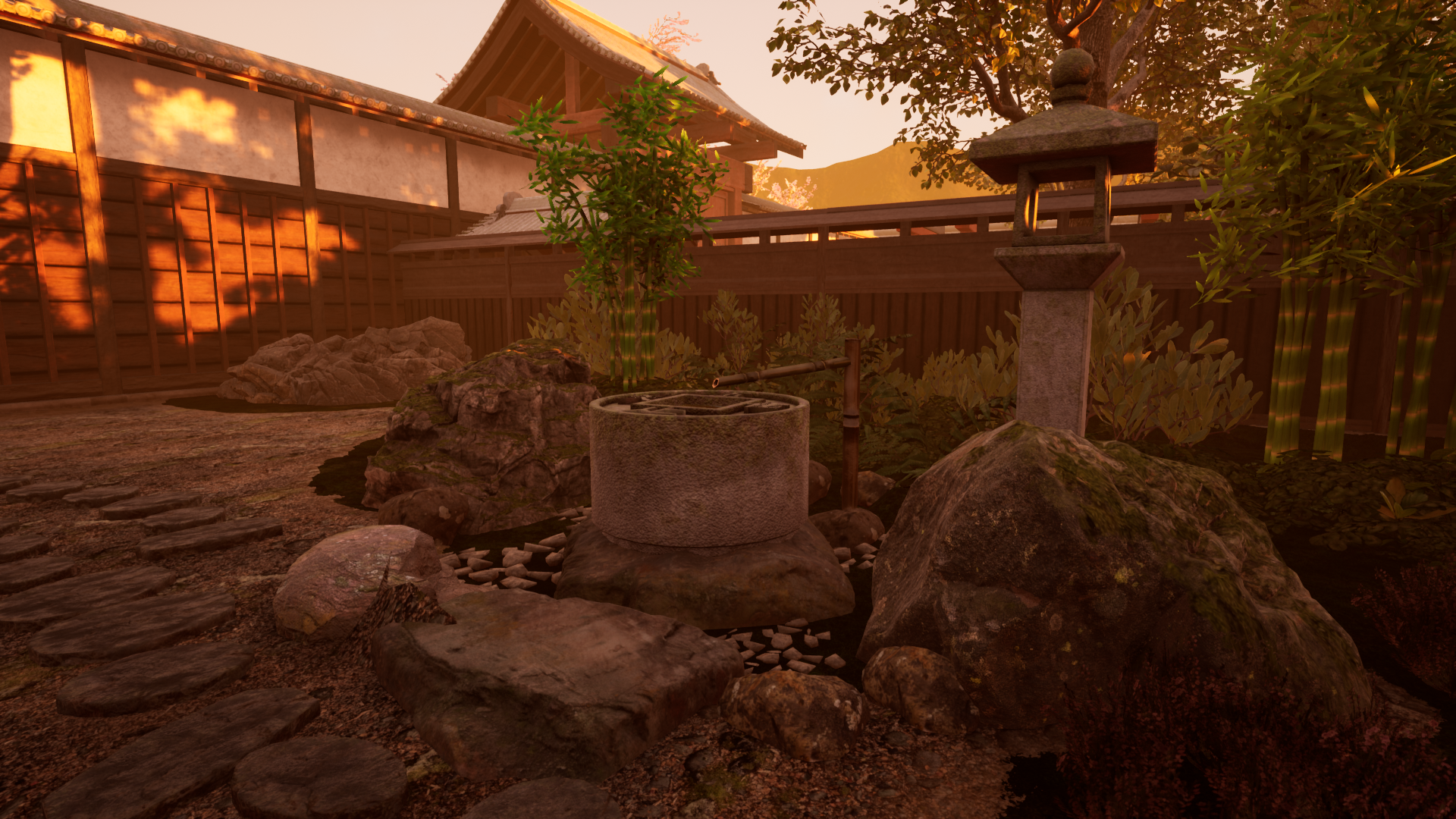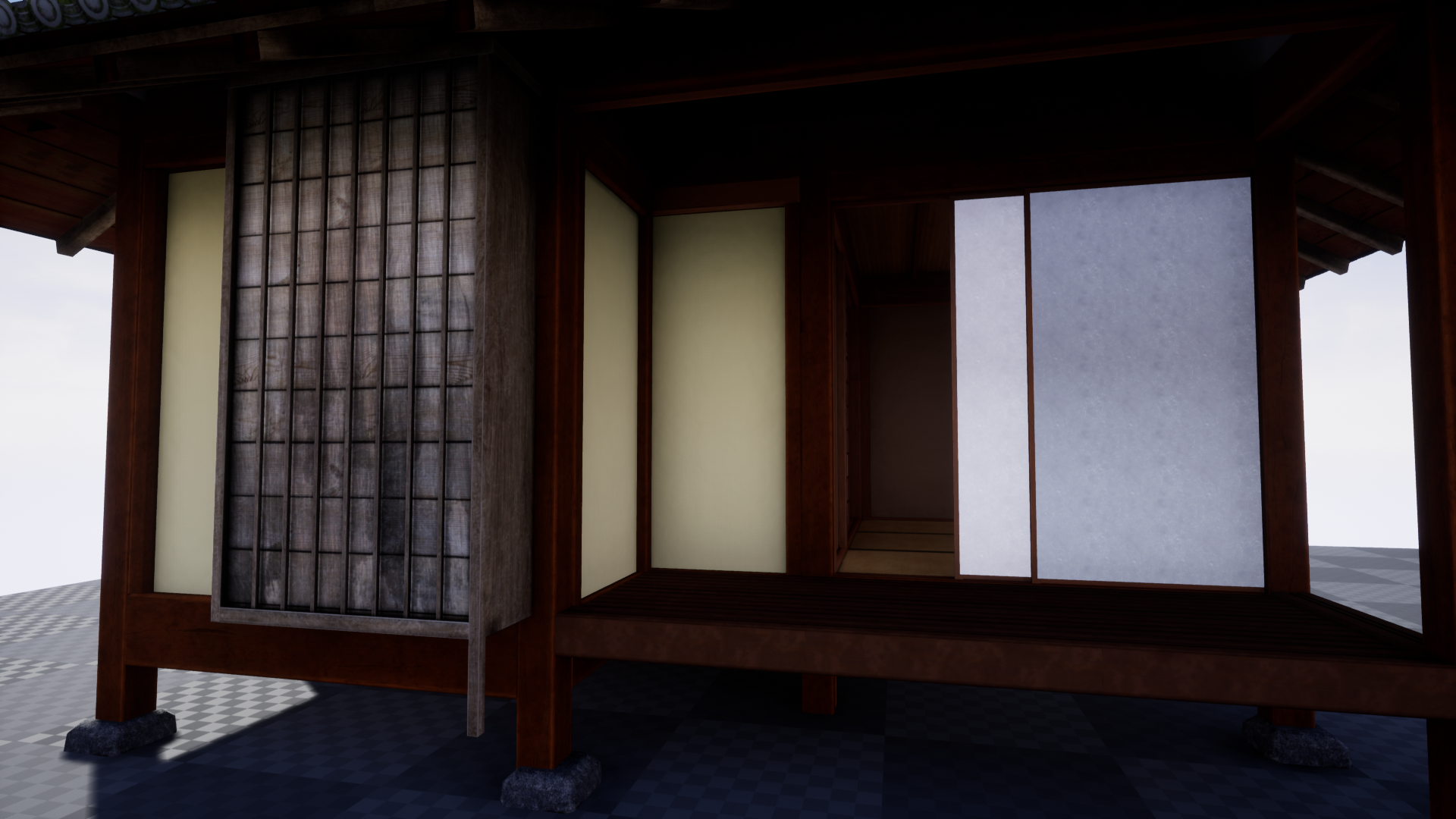Modular Japanese Town House Example Maps: MS_TeaHouse_1
The tea-house, in Japanese “chashitsu” (茶室) – literally tea-room, is a small house in the garden designated for the tea ceremony.
The structure of a chashitsu and of the garden around it are pretty much always the same and well defined.
The tea house usually have two rooms, a main room where the tea is served, and a mizuya (水屋)– literally water room-, where the host prepares the sweets and the equipment. The main room is usually a 4.5 tatami mat room with a tokonoma. Here you find a schema of the layout and here the floor plan. In the middle of the main room there is a small irori where the water for the tea is boiled. In order to put this small hearth a special tatami mat is used. The pack offer a mesh for this small irori, one for the special tatami and a special floor for the tea house. In the map TatamiPatterns you find those already combined in the correct layout.
The guests enter the tea house through a special very small square door called nijiriguchi, or “crawling-in entrance”. To enter through this door, one must first put in one’s hands and then one’s head. Then one must bend down, kneel on one knee, and slip in sideways. The standard measure of the entrance is 65cm height x 60cm wide.
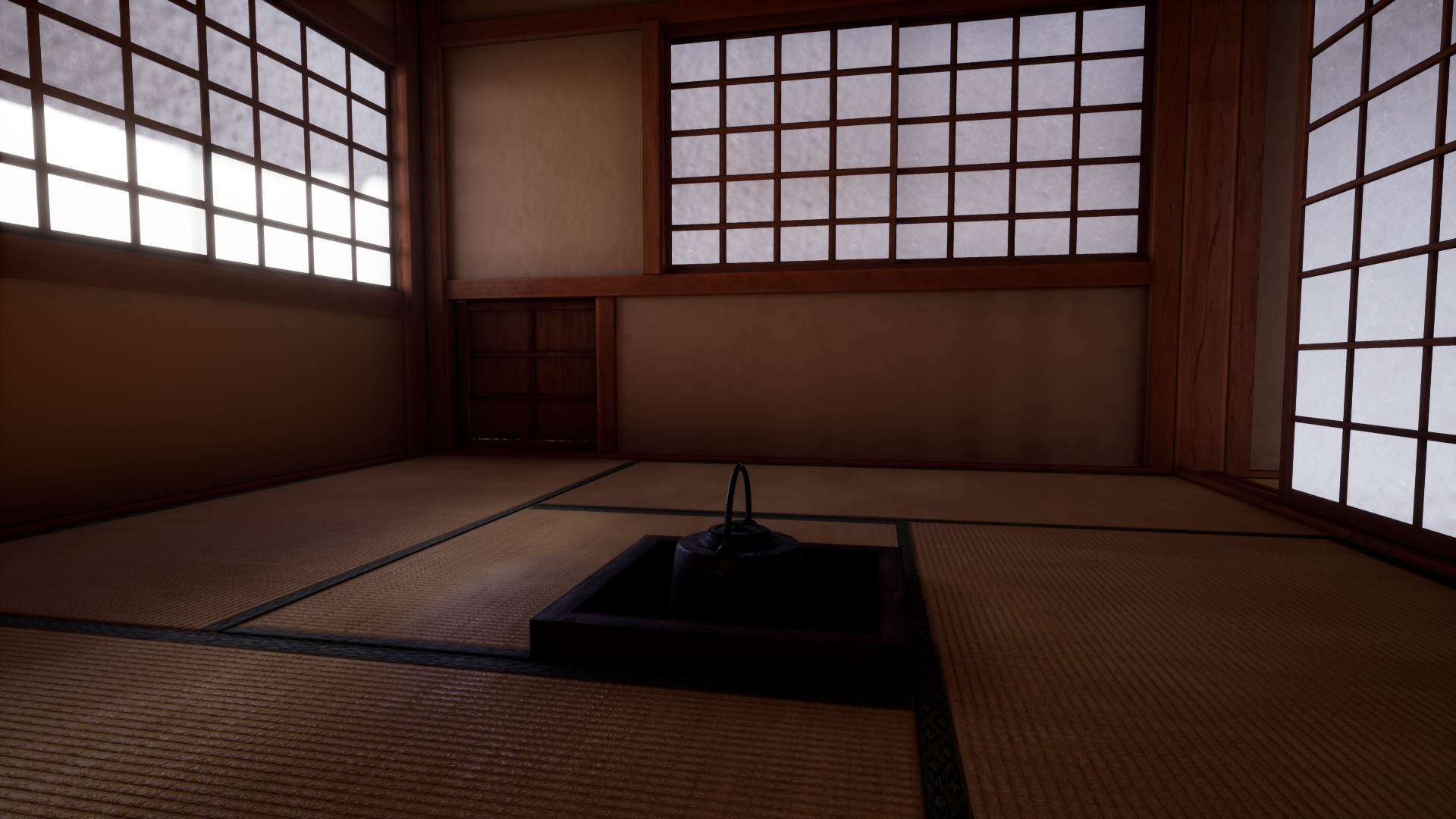
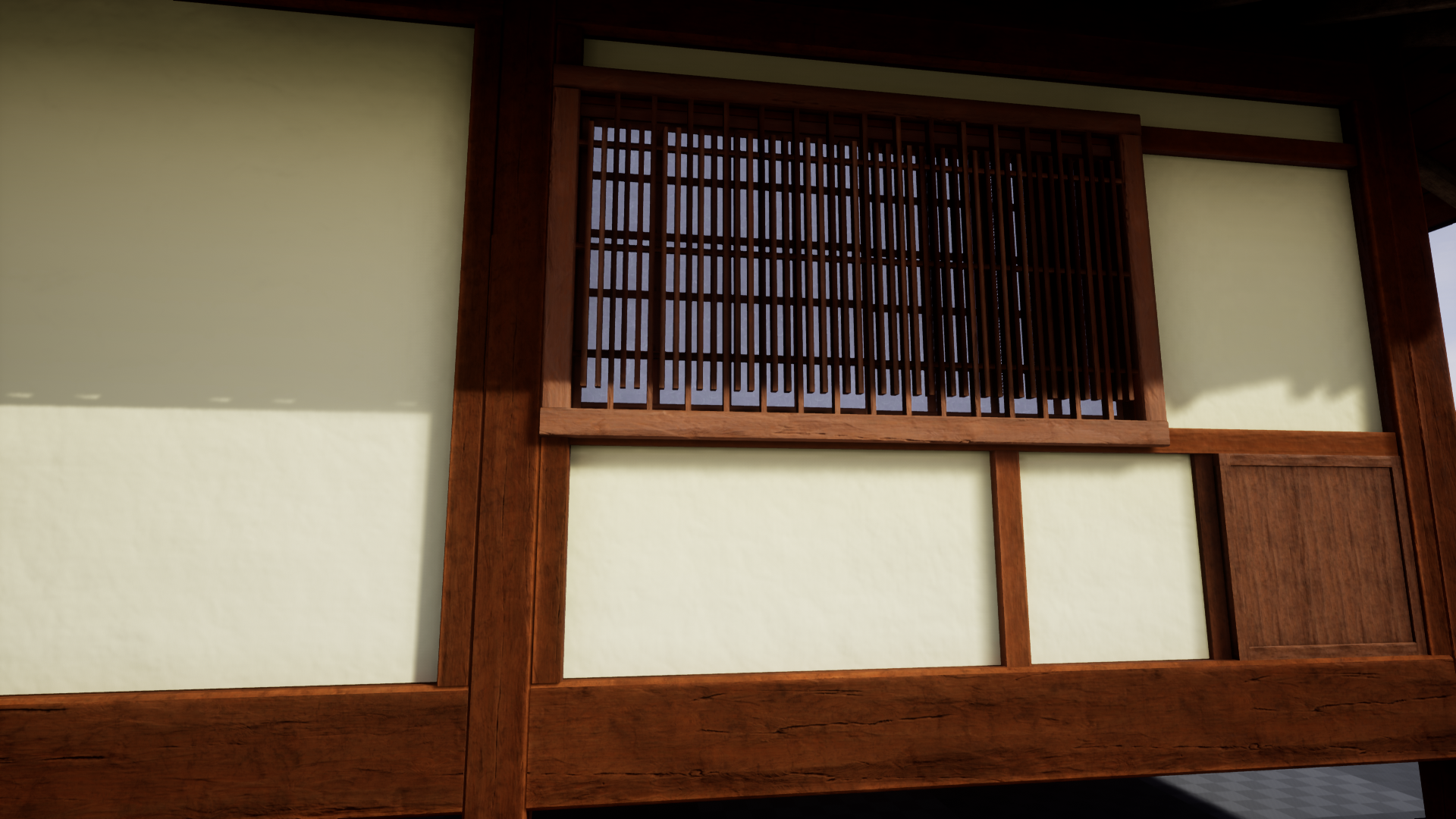
The pack offers a special blueprint BP_Chashistu_Entrance with the nijiriguchi already set up for you.
The garden around the tea house has also a very specific configuration.
In particular near the guest entrance, there is a water basin called tsukubai (蹲踞). One has to stoop down to use the basin, hence the name. Before guests enter a tea ceremony room, they must wash their hands and rinse their mouths.
Often on the tsukubai there is a particular writing.
The kanji written on the surface of the stone are without significance when read alone. If each is read in combination with 口 (kuchi) – the shape of the central bowl – then the characters become 吾, 唯, 足, 知 which translates literally as “I only know plenty” (吾 = ware = I, 唯 = tada = only, 足 = taru = plenty, 知 = shiru = know). The underlying meaning, variously translated as “what one has is all one needs”, or “learn only to be content” reflects the basic anti-materialistic teachings of Buddhism. (source Wikipedia)
Here you find some more information about how to organize this coin of the garden.
The pack offers a model of the tsukubai and a stone lamp that can be used in the garden has shown in the screenshots below.
Finally, the host enters the tea-house through the big door and do the preparations for his/her guests.
Modular Japanese Town House Documentation
